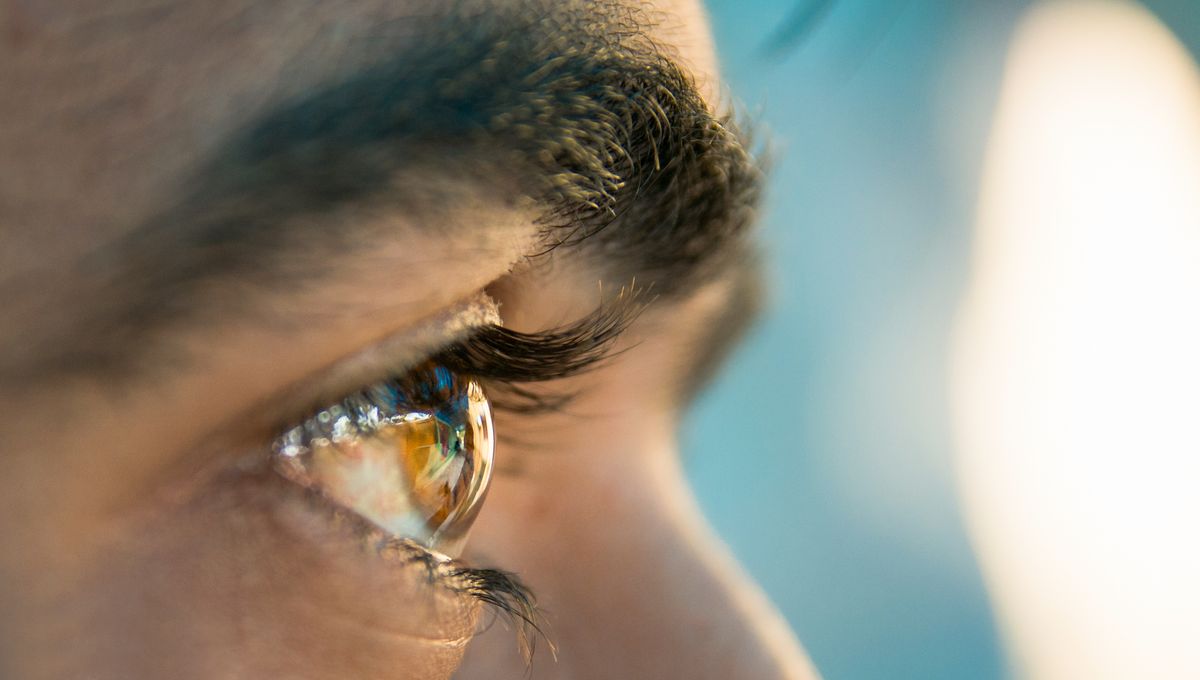
Never underestimate the power of the eyebrows. Sitting on your lower forehead, these two strips of hair are like bold beacons of social information, as well as tiny little sweatbands.
In humans, eyebrows serve a couple of key functions. Firstly, they help to keep sweat from dripping into our eyes and hazing our vision.
Secondly, and most intriguingly, they are an important vehicle for nonverbal communication. This might seem simple at first, but you can unearth some pretty interesting insights into human behavior and evolution if you dig a little deeper into the topic of expressive eyebrows.
Surprise, flirtation, anger, sadness, disbelief, confusion, sympathy, and many more emotions can be quickly expressed by different flickers and folds of the eyebrow.
Perhaps the most obvious expression is the raising of the eyebrow, which often denotes surprise. This is because your eyes will open wide in times of initial shock in an attempt to take in as much of the surrounding scene as possible, causing the eyebrows to lift. Humans can easily pick up on this cue in others, allowing us to gauge the inner emotional state of those around us.
Likewise, eyebrows also raise when we’re interested, highlighting how our eyes are wide open to whatever lies in front of us. This is why we lift our brows when we flirt or become engrossed in a conversation.
Most of these brow movements are subconscious and there’s some evidence that certain simple expressions are universal across cultures, indicating they’ve become “hard-wired” into us via evolution.
Other aspects of brow expression, however, are culture-specific. One interesting study from 2011 suggested that different cultures rely on eyebrows for expression more than others. For instance, Chinese participants in the study were found to use the eyes more to represent facial expressions, while the group dubbed “Western Caucasians” by the researchers relied on the eyebrows and mouth.
Beyond the expression of emotions, eyebrows also play an important role in face recognition. Humans are extremely adept at noticing faces. So much so, we’re sharply programmed to pick up on faces in everyday inanimate objects even when we know there’s no one there, just like the viral image of Jesus appearing on a piece of toast.
Research has suggested that eyebrows play an important role in our acute face recognition, perhaps just as much as the eyes themselves. A 2003 paper on the subject explains: “[W]e find that the absence of eyebrows in familiar faces leads to a very large and significant disruption in recognition performance. In fact, a significantly greater decrement in face recognition is observed in the absence of eyebrows than in the absence of eyes.”
It’s also notable that the eyebrows of Homo sapiens aren’t like those of our distant relatives. We have a smooth forehead with more visible, hairy eyebrows capable of a greater range of movement, unlike most of our extinct ancestors, like Homo heidelbergensis, which had heavy and rigid brows. A study in 2018 looked into this and concluded that our refined brows were a huge factor in our evolution, allowing us to develop subtle communication skills that led to the establishment of large, complex social networks.
In a sense, it’s our eyebrows that helped make us human.
All “explainer” articles are confirmed by fact checkers to be correct at time of publishing. Text, images, and links may be edited, removed, or added to at a later date to keep information current.
Source Link: Why Do We Have Eyebrows? To Make Us Human